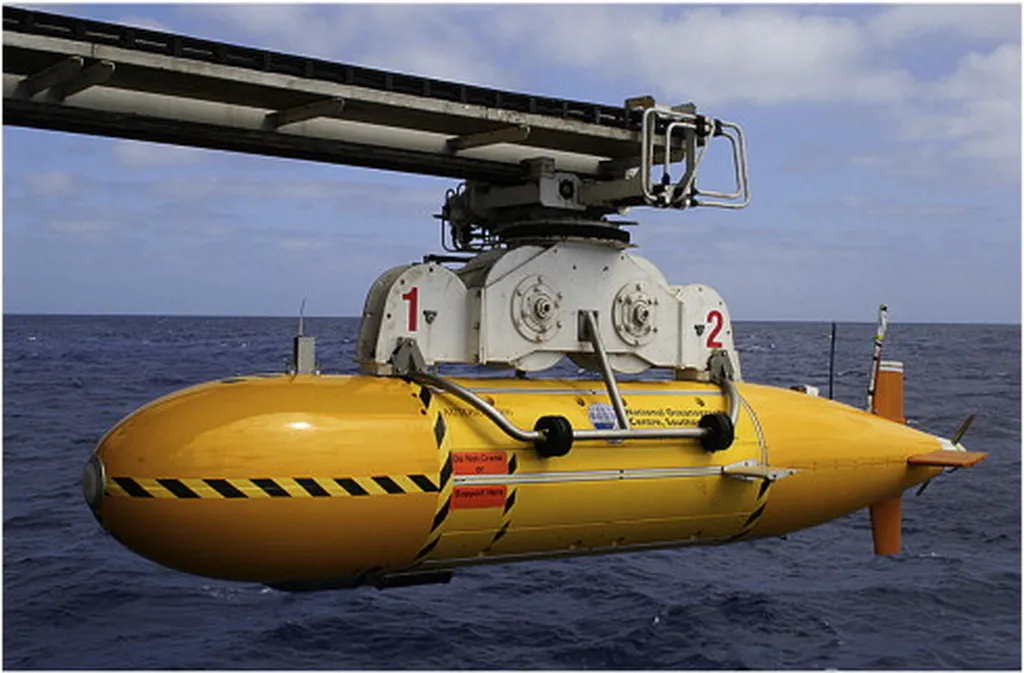In the ever-evolving world of maritime technology, a recent study published in ‘Applied Water Science’ (translated from German as ‘Applied Water Science’) has shed light on the best communication technologies for autonomous marine vehicles (AMVs). The research, led by Yang Le from the School of Internet of Things at Nanjing University of Posts and Telecommunications, evaluated five different communication technologies using the VIKOR method, a robust multi-criteria decision-making technique.
The study assessed satellite, radio frequency (RF), acoustic, optical, and hybrid systems based on five key criteria: transmission range, data transfer rate, reliability, environmental adaptability, and cost efficiency. The results showed that hybrid systems achieved the lowest compromise index (Q=0.28), indicating the most balanced and robust performance. Acoustic communication followed closely with a Q value of 0.36, demonstrating strong adaptability and reliability, especially in underwater applications.
“Hybrid Systems achieved the lowest compromise index (Q=0.28), indicating the most balanced and robust performance,” said Yang Le, lead author of the study.
For maritime professionals, this research offers clear, data-driven guidance for selecting communication systems that ensure resilient and efficient AMV operations across various maritime missions. The findings suggest that hybrid systems, which combine the strengths of different technologies, are the most promising for AMVs operating in harsh and dynamic environments.
The study also highlights the potential of acoustic communication for underwater applications, where it outperformed other technologies in terms of adaptability and reliability. Satellite and RF technologies showed potential in specific scenarios, depending on coverage and range requirements, while optical communication consistently ranked last due to its high sensitivity to environmental conditions and limited range.
The commercial impacts of this research are significant. As the maritime industry continues to embrace automation and digitalization, the demand for reliable and efficient communication technologies for AMVs is expected to grow. The findings of this study can help stakeholders make informed decisions when selecting communication systems, ensuring the success of their maritime missions.
Moreover, the study’s sensitivity analysis confirmed the robustness of the results, with hybrid systems consistently maintaining the top position even when the decision-making parameter was varied. This further reinforces the potential of hybrid systems for AMV communication.
In conclusion, this research offers valuable insights for maritime professionals looking to leverage the latest communication technologies for their AMVs. By providing a clear and data-driven comparison of the available options, the study helps stakeholders make informed decisions that can enhance the efficiency and resilience of their maritime operations.

